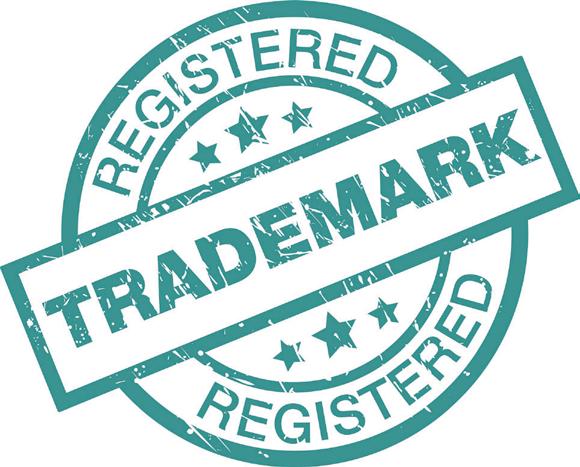
4 minute read
Volume and Profits
Volume and Profits Don’t Necessarily Go Hand in Hand
Most contractors are busy and excited over the amount of work they have but profits and sales don’t always follow the same path. An increased sales volume means you need more people, more cash, more management and probably will end up with more stress. The busier you get the less people tend to pay attention to details.
Some of this is due to the economic principle of diminishing returns or also know as the law of marginal utility returns. This means that during the production process the gain of changing production factors will reach a point where the marginal per unit output will start to decrease. Here’s how my economics professor explained it. If you are thirsty, drinking an ice-cold glass of water is very satisfying. Each additional glass of water thereafter is less satisfying and ten glasses might even cause you to throw up. Sales volume works this way. In the beginning it can be a huge profit boost but eventually that return diminishes. Here are some things to keep in mind.
Don’t randomly grow. Try to find your sweet spot. Most overhead items are fixed and it takes a certain volume to be competitive. However, uncontrolled growth can cause an increase in overhead and at some point, the competitive gains per unit stops. For example, suppose your rent is at $1500 a month equaling $18,000 a year. A rule of thumb is that every employee generates approximately 2000 hours a year (40 hours per week by 50 weeks). Your rental cost per field hour looks something like this:
5 employee = 10,000 hours and $1.80 an hour for rent ($18,000 ÷10,000 hours) 10 employee = 20,000 hours and $.90 an hour for rent ($18,000 ÷ 20,000 hours) 20 employee = 40,000 hours and $.45 an hour for rent ($18,000 ÷ 40,000 hours)
From 5 to 20 employees the rental cost per hour dropped 75%. Note from 5 to 10 employees rental overhead decreased by $.90 an hour but only $.45 from 10 to 20 employees. The cost per hour decreases slower as billable hours increase. At some point such growth will require fundamental overhead addition such as needing a bigger office or another project manager. When it comes to overhead you want to do as much volume as you can without increasing overhead or outgrowing your production capacity.
Production and the rubber band effect. The more you stretch a rubber band, the more power you get. Stretch it too far and it breaks. Stretching your organization will maximize profits but stretch it too far and it also breaks. Things begin to fall through the cracks and contracting is not very forgiving. A couple of bad jobs and you have a catastrophe. A couple of key managers leave and you have a crisis. You can only stretch your organization so far.

Every guy you add is a little worse than the guy you had before. Take a sheet of paper and list by name the people you would lay off first, second, etc. Now divide the list in half and I bet the list of people you would keep is quite a bit more productive than the folks you would get rid of. Rarely do you add new people who are as good as the better people you already have. This has a way of fixing itself over time as you weed the bad folks out but can be painful and costly as you go through this process.
Hurrying through estimates leads to mistakes. My father-in-law was a construction superintendent and he kept this note above his desk. The “hurrier I go, the confusier I get”. More volume means more tasks. As people become busier the odds increase that they will make a mistake. A bad estimate or two can prove to be both financially and emotionally devastating. You already have more work than you can easily perform. Suddenly you are tied up on work that is losing money. When you hurry, it’s also easy to miss the telltale signs of a crazy customer or a complicated dangerous job. I know a contractor who had a nice profitable business, was busy but took a 600k job they never should have taken. The customer was difficult, the conditions poor and the job complicated. It cost 1.2m out of pocket to put in and they are now struggling to survive.
Sloppy expenses and buying habits can become a factor. When you are broke and have no work, you squeeze every dime. However, when you are overloaded with work there is a tendency to not control costs as well. Suddenly no one is checking employee gas cards, you simply buy stuff and don’t try to get a better price, you pay overtime when it may not be effective or needed. Run a quarterly profit and loss. Make sure its accrual not cash and select an option where it shows each line items percentage of sales. If your raw labor cost was 25% of sales last year and 30% this year, that doesn’t seem like a lot but it is a huge number. It is now costing you 5% more to get the work done which is a 20% increase in labor cost, not just 5% (5% increase divided by 25% equals 20%). Don’t quit looking at the numbers because you think everything is ok.
Don’t let an increase in sales volume lull you into complacency. Business is unforgiving. Pay attention to the details and maximize your profits.
Monroe Porter is president of PROOF Management a firm that teaches seminars and runs networking groups for painting contractors. www.proofman.com










